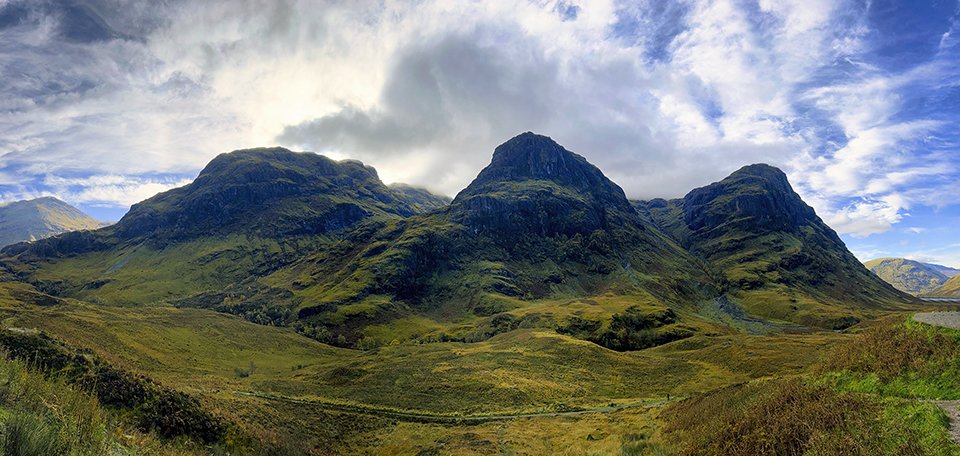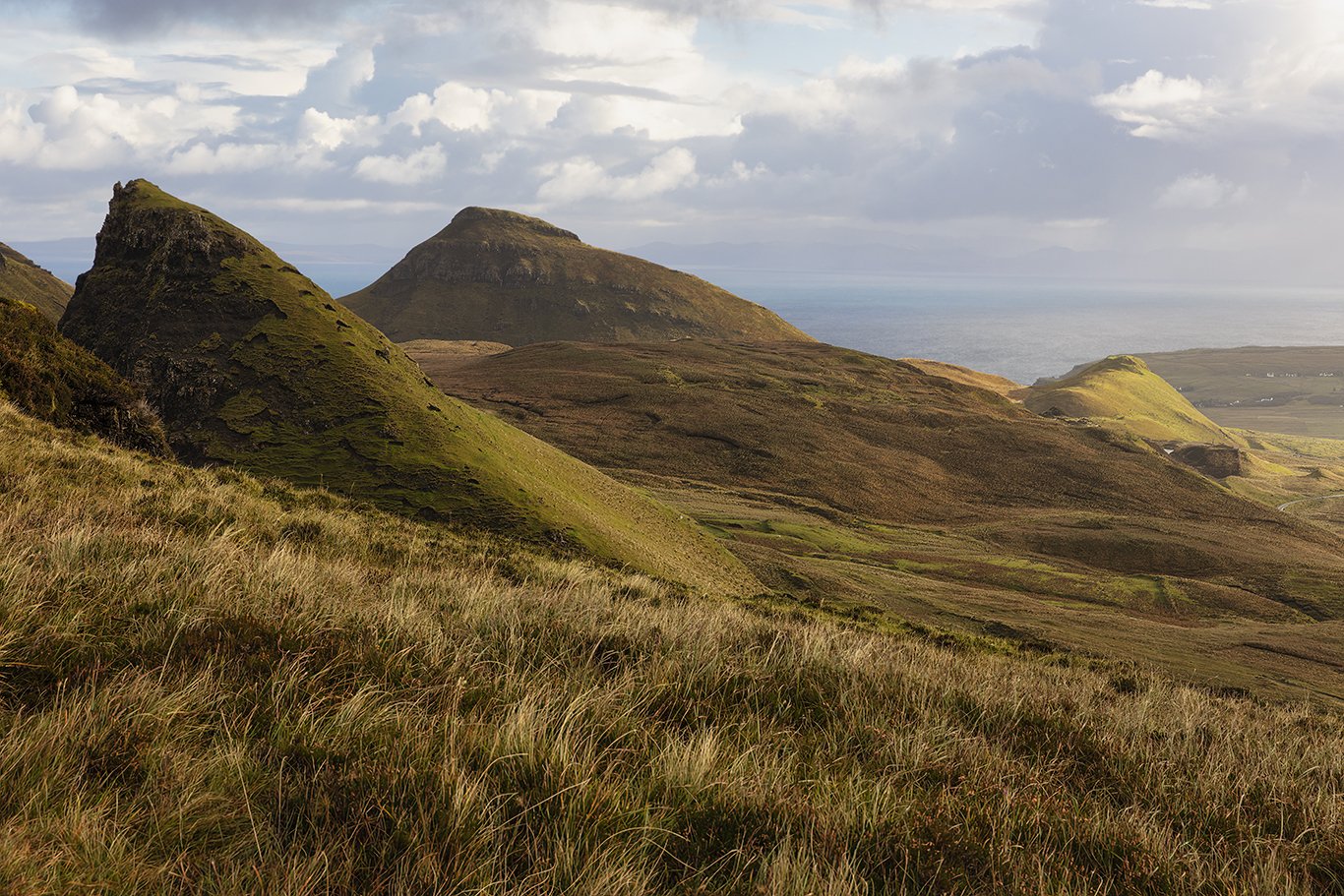We are on the third day of our adventure in the Great Smoky Mountains National Park, and our schedule is packed. We’ve already visited Foothills Parkway in the morning and Tremont Bridge in the early afternoon. Now, we are loading our camera gear into our vehicles and heading to the Cove Hardwood Trail for macro photography and breathtaking landscape opportunities. After that, we will proceed to Morton’s Outlook to capture sunset photographs, which could be spectacular if the conditions are right.
The Cove Hardwood Trail winds through a lush, protected cove, a haven for diverse hardwood species that thrive in the park’s rich, moist environments. Historically, this area served as a vital resource for early settlers by providing timber and other forest products. Today, the trail offers visitors a glimpse into the region's natural history, featuring ancient trees that have shown ecological resilience over the centuries.
As we walk along the trail, we encounter numerous opportunities for macro photography. Sometimes, being in the right place at the right time is crucial for executing a great shot. This was the case for me when I was framing a photograph of a leaf, when a bug landed on its surface. I positioned myself on the ground to find the best angle and successfully captured the moment.
As the afternoon progresses, the sun filters through the forest, and we arrive at a beautiful stream. In the distance, a tall tree is naturally framed by the inward-bowing branches of the trees in the midground. However, while my eyes can perceive the full dynamic range of the scene, my camera cannot capture all of it in a single exposure. To remedy this, I take five exposures at one-stop increments. I plan to combine these images in post-processing to create a final photograph that properly represents both the darkest shadows and the brightest highlights. I love how this photograph turned out!
Once more, we pile into the van and head to Morton’s Overlook as the sun sets. This popular viewpoint offers astonishing vistas of the Smokies’ ridges and valleys. Named after hikers or early conservationists, it stands as a testament to the park’s ongoing preservation efforts. As luck would have it, the light this evening is perfect, creating a fantastic interplay of light and shadow over these centuries-old mountains. This sunset shot is iconic!
The sun sets, and it is now time for a beer and some dinner. Frankly, I'm exhausted, and better get some sleep so that I will be ready for our morning shoot. That’s okay. When these five days are over, i will get a vacation from my vacation.






















